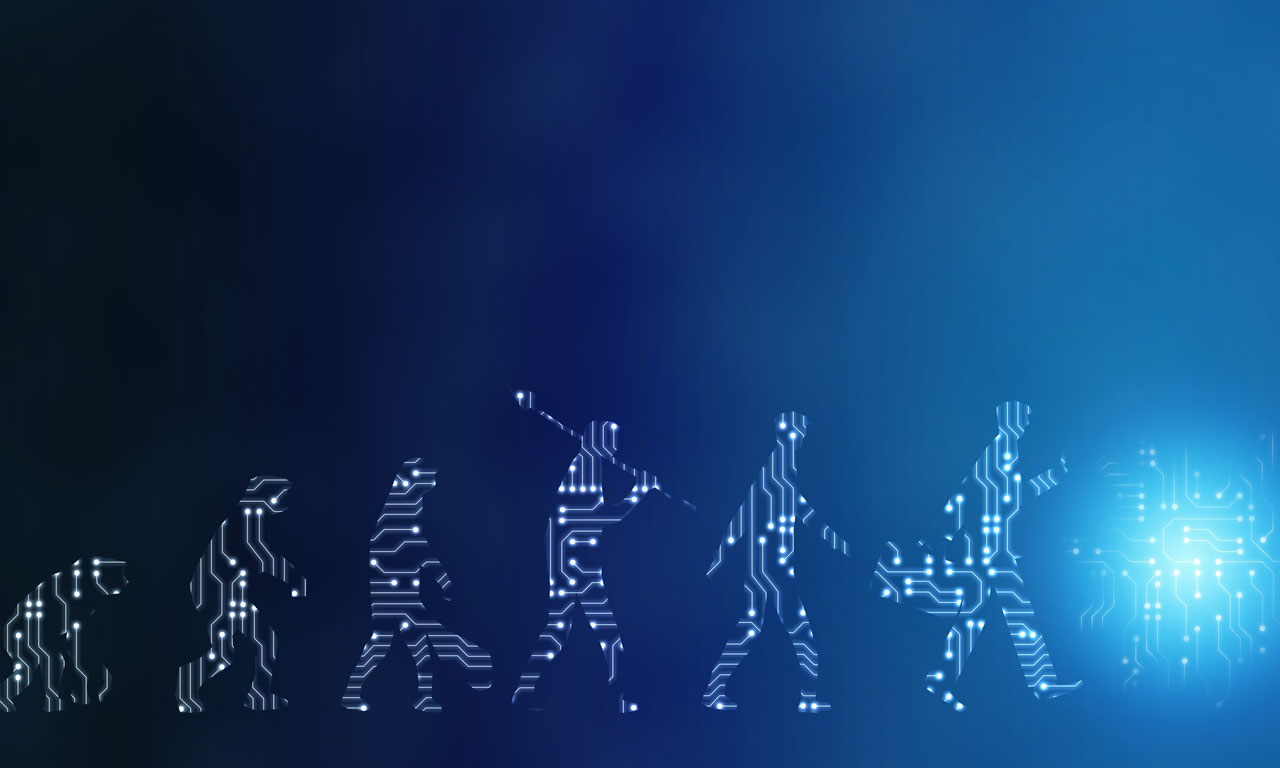As the world is becoming more digitized every day, cybersecurity is non-negotiable. What if there was a way to bolster your defenses against cybercriminals by leveraging the latest in Artificial Intelligence (AI) technology?
That is what we will discuss during this Abel Insight.
Artificial Intelligence: The Backbone of Today’s Digital Revolution
Artificial intelligence is a rapidly growing field that has emerged as the driving force behind today’s digital revolution. It refers to the ability of machines and computers to perform tasks that typically require human cognition, such as learning, reasoning, problem-solving, and decision-making.
AI is composed of several key branches, including:
-
- Machine learning (ML): ML can identify patterns in data, allowing for accurate predictions and recommendations. A classic example of machine learning in action is email filtering, where ML algorithms learn to distinguish between spam and non-spam emails.
- Deep learning (DL): DL utilizes artificial neural networks to copy the human brain’s learning process and creates complex models for various tasks. A practical example of DL is within the realm of facial authentication systems, which differentiate between faces.
- Natural language processing (NLP): NLP is another branch of AI that enables computers to understand and interpret human language, with ChatGPT being a prime example.
- Robotics: This field merges hardware and AI, creating intelligent systems that perform tasks — from surgical procedures to warehouse logistics.
Understanding the Business Benefits of AI
The business benefits of AI are numerous and undeniable. Here are some ways in which you can leverage its power:
-
- Personalized customer experiences: AI-powered recommendations can enhance the customer experience by suggesting relevant products, providing targeted support, and answering queries, which can lead to increased satisfaction and loyalty.
- Efficient operations and logistics: Logistics optimization through AI involves predicting equipment failures, automating repetitive tasks, and streamlining delivery routes. These enhancements lead to significant time and cost savings.
- Data-driven decision-making: AI can reveal hidden trends that influence product development and marketing strategies, thus supporting better decision-making.
- Fraud Detection and Security: AI is an excellent tool for preventing fraud and ensuring security. It constantly monitors for any suspicious activity, identifies potential threats, and protects important data and assets.
Uncovering the Dangers of Misuse
Despite the immense potential of AI, its misuse raises concerns and is something we all need to be aware of.
Some examples of how AI can be misused include:
-
- Weaponizing AI for cyberattacks: Cybercriminals are using AI to create automated cyberattacks capable of bypassing traditional defense mechanisms.
- Privacy violations: The insatiable hunger for data by AI systems poses a risk of privacy violations, as these systems can collect and analyze vast amounts of personal information.
- Deepfakes and misinformation: The creation of AI-generated deepfakes blurs the line between reality and fiction, contributing to the spread of misinformation, which can harm reputations and society as a whole.
- Social engineering and manipulation: AI’s ability to tailor misinformation makes it a potent tool for social engineering and manipulation, using customized propaganda to influence individuals.
These unethical applications of AI can manifest in various forms, posing different threats that need to be recognized and addressed.
How Cybercriminals Use AI to Power Their Attacks
Managing a business on your own is challenging enough without worrying about cyberattacks. However, there is cause for alarm as hackers are using artificial intelligence (AI) to launch sophisticated cyberattacks to steal your data and disrupt business operations.
The good news is you can take steps to protect your business.
Here are some of the ways cybercriminals are exploiting AI.
Deepfakes
Hackers use AI to create highly realistic fake videos or audio recordings to impersonate someone you know, like your boss or a trusted friend. These deepfakes can be used to trick you into sending money or sharing sensitive information.
How to spot it: Closely look for details like unnatural facial movements or sloppy voice synchronization.
AI-powered password cracking
With the help of AI, cybercriminals can effortlessly crack common and easy passwords. Hackers with access to advanced computation offered by AI can automate the breaching process, so they can try millions of combinations to guess your password.
How to fight back: Always use unique passwords. Consider using a password manager.
AI-assisted hacking
Hackers no longer have to spend hours looking for vulnerabilities. Instead, with the help of AI, they can create automated programs that identify weaknesses in your system and create new types of malware.
How to stay ahead: Keep your security systems and software updated. Also, a mandate should be set up to scan for vulnerabilities routinely.
Supply chain attacks
Threat actors use AI to insert malicious code into legitimate vendor products, which can eventually compromise your system.
How to protect yourself: Only download software from trusted sources. Always be vigilant with updates and patches.
Using AI to Defend Against Cyberattacks
One way to counter unethical uses of AI—like those mentioned above—is by responsibly leveraging advanced AI-enabled tools.
In the fight against cyber threats, AI plays a crucial role as a vigilant defender in the following ways:
-
- Monitoring and analyzing behavior patterns: AI continuously monitors and analyzes user behavior patterns to identify any unusual logins, permission changes, and data movements that could indicate a potential threat.
-
- Predicting the outcomes of unusual behavior: By predicting the possible outcomes of any unusual behavior, AI can enable you to take proactive measures to prevent any malicious actions or outcomes.
-
- Preventing bad actions and outcomes: If AI detects a threat, it takes immediate action to prevent further damage. These actions may include preventing deletions, logging off suspicious users, and alerting authorized personnel. However, while AI is highly advanced, human review is still necessary to ensure accuracy and prevent false positives.
-
- Training and machine learning: One of the significant advantages of AI is its ability to learn and adapt over time. By facilitating machine learning and training, you can continuously improve AI’s ability to identify suspicious activity, helping you stay safe in an ever-evolving threat landscape.
Best Practices for Using AI Safely in Cybersecurity
Safe adoption of AI requires the implementation of strategic practices. These practices include:
-
- Focus on high-quality data: Use unbiased, real-world data to train AI systems, which ensures that the AI can accurately and robustly detect threats.
- Embrace human-AI collaboration: It’s important to acknowledge that while AI can assist with many tasks, human expertise is still necessary. Humans can provide context, make ethical judgments, and intervene when necessary. Collaboration between humans and AI is vital to creating effective, safe, ethical AI systems.
- Continuous improvement and learning: Continuously improving the AI system is essential. This means correcting biases, adapting to new situations, and improving the system’s performance over time, which helps ensure that the AI system is always up-to-date and effective.
- Stay vigilant and updated: Finally, it’s important to stay vigilant and updated on the latest cybersecurity threats. Cyber threats are constantly evolving, and it’s necessary to keep AI defenses current to stay ahead of these threats.
Boost Your Defenses
AI-powered cybercrime is a growing threat. That’s why having a strong IT partner by your side can be the ultimate weapon in your arsenal—partner with us to leverage advanced technology to fortify your defenses.
Contact us today for a free consultation and learn how our team can secure your business against evolving cyber risks.









